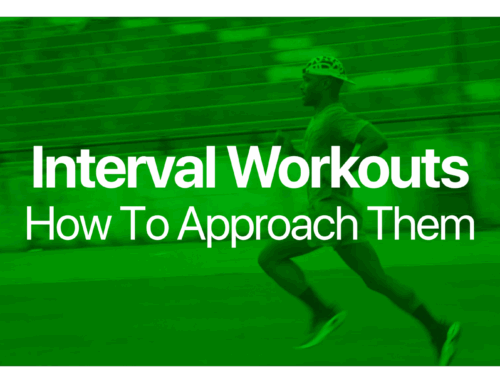Threshold training has gained popularity recently due to its potential for significant improvements in race times with dedicated practice. Some runners are now engaging in “double threshold” sessions, involving two separate workouts at Threshold in a single day. However, before attempting such sessions, it is crucial to master running at your Threshold level, which requires a combination of skill and knowledge. Simply incorporating Threshold training without proper execution may limit the benefits you can gain from it.
Effort
T-pace is generally in the range of 88-92% of HRmax, and being at the same intensity doesn’t always mean being at the same speed (due to terrain, wind, heat, etc.). Subjectively, Threshold intensity is “comfortably hard,” or 24-30 seconds per mile slower than current 5k race pace. Ideally, you run on terrain that allows you to control the effort, like a flat path or track. To gain the maximum benefit from Threshold sessions, you want to spend as much time right at it, or the point at which your body is clearing lactate as fast as it’s producing it. The best runners know what this steady-state feels like and can train there without a watch if they have to.
Benefits
The purpose of Threshold training is to stress lactate-clearance capability, and the physiological benefit is improved endurance, or the ability to endure a greater and greater intensity of effort for a longer period. Performing longer tempo runs at an intensity slightly below Threshold can boost psychological endurance. Longer tempo runs that start less intensely and progress to the faster end of the zone can provide both psychological and physiological benefits of true T-pace running.
Training Suggestions
Establish your Threshold pace by calculating your current VDOT, then navigate to the Training tab on the VDOT Calculator. Many runners can figure that their Threshold pace is close to the pace they can race for 50-60 minutes. For runners closer to a 32 VDOT, think 10k race pace. Remember, intensity of effort, not distance of running or race, is what determines the degree of stress being put on the body.
Cruise Intervals
During cruise intervals, a term Jack Daniels coined in the ’80s, you perform a series of work bouts at Threshold pace with short rests in between (for example, 4 x 1 mi at T pace with 1 min rest). It’s crucial to maintain the same pace throughout and avoid going faster to prevent a gradual increase in blood lactate levels. Although it may be tempting to speed up as it is a low-stress session, pushing the pace won’t help achieve the desired effects. In a cruise-interval session, you can cover more total mileage compared to a tempo run. Keep in mind that the goal of this workout is to enhance lactate-clearance capability, not to overstress it.
Tempo Runs
Ideally, a tempo run is simply a steady 20-minute run at tempo pace. It’s not a bad idea to do tempo runs on a track, flat path, or even a treadmill to help control the pace. Many coaches and runners do longer tempo runs at a slower pace than true T pace, and this can yield positive results, too. Prolonged tempos build a good sense of maintaining a strong pace, and the demand can be as psychologically intense as a shorter run at true T pace. Hills, rough footing, and wind all impact the ability to maintain a steady pace and achieve the workout’s purpose. You can monitor your heart rate, but a steady rhythm under constant conditions is what you want in a tempo run.
We suggest that the quality segment of a cruise-interval workout should be a minimum of 30 minutes, comprising up to 10% of the weekly mileage. A consistent tempo run typically ranges from 20 to 60 minutes, with pace modifications for durations exceeding 20 minutes. For a 40-minute tempo run, consider adding an extra 10-20 seconds per mile, or 6-12 seconds per km; and for a 60-minute tempo run, aim for a pace that is slower by around 20-30 seconds per mile, or 12-20 seconds per km.
For more information, refer to Daniels’ Running Formula or email us at info@vdoto2.com.





For the benefit of your non-US readers, could you please consider also writing about times per km e.g. “24-30 seconds per mile slower” as “24-30 seconds per mile (or 15-19 seconds per km) slower”.
As a metric runner it’s tedious to have to convert these numbers to meaningful values, particularly when you’re talking about them in the context of a metric distances (5k & 10k)!
Hi Jim, thank you for the feedback. We just added an adjustment for longer tempos in km.